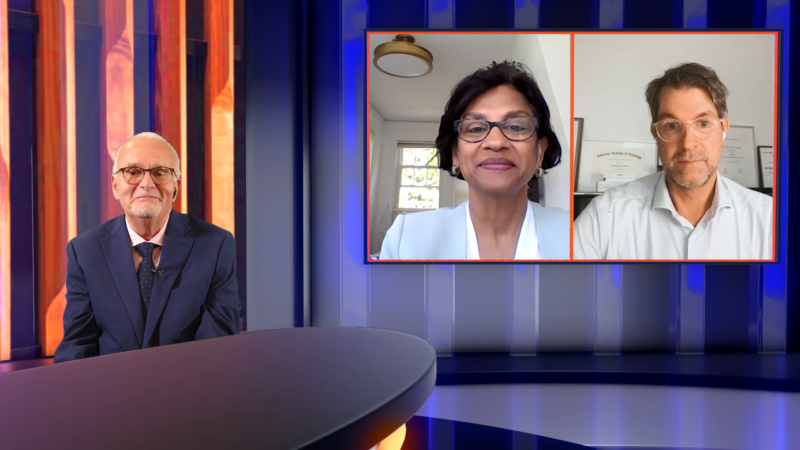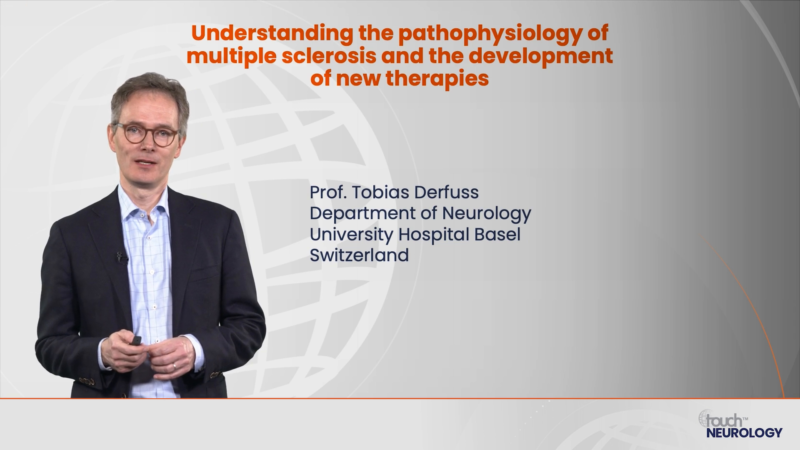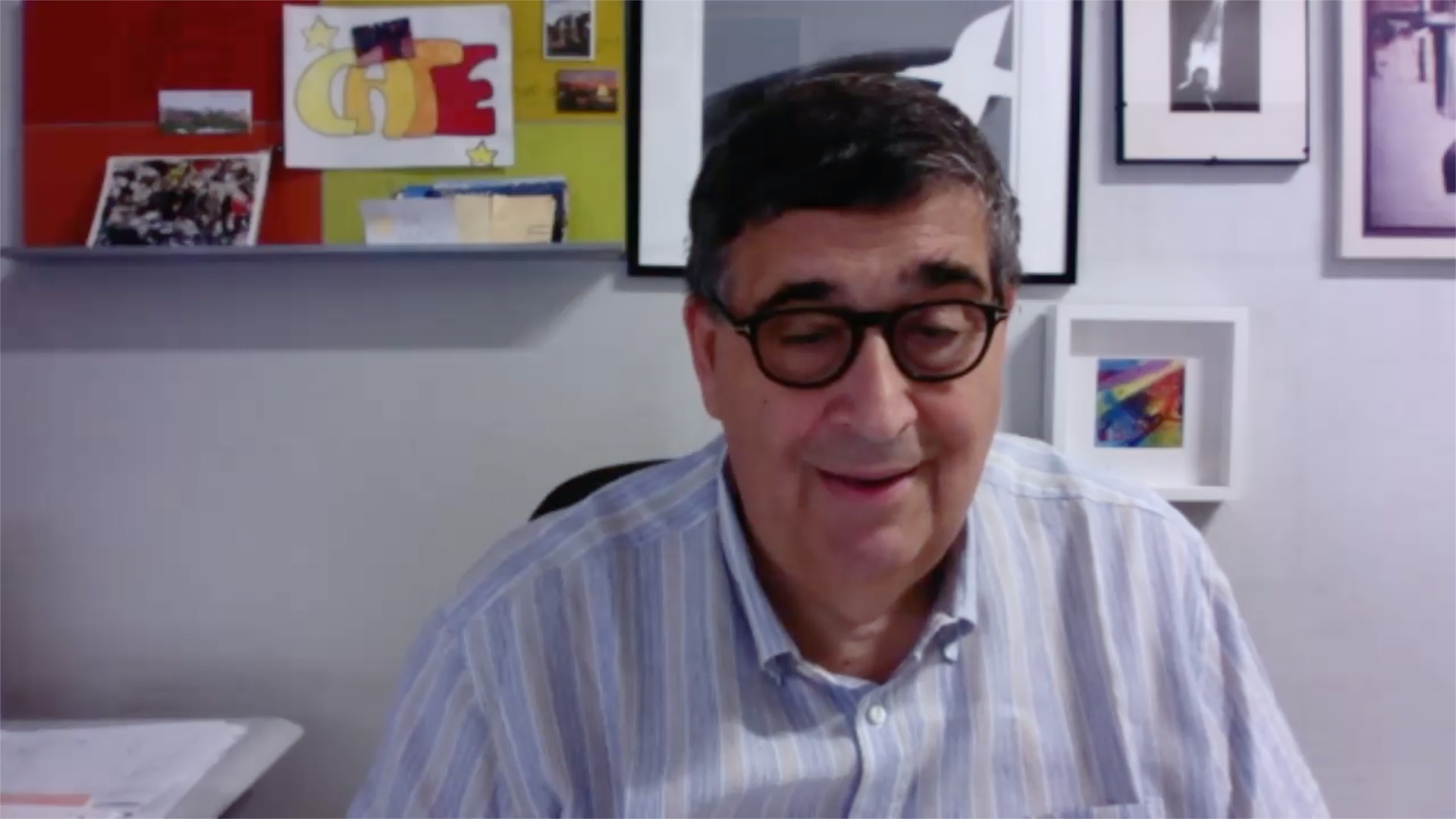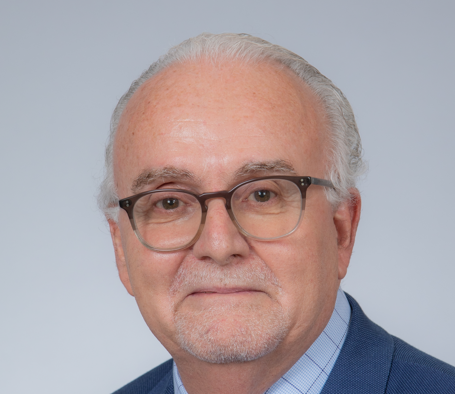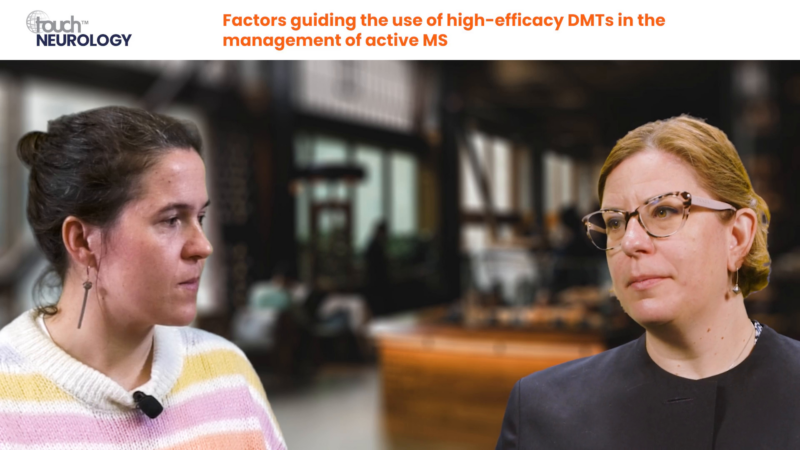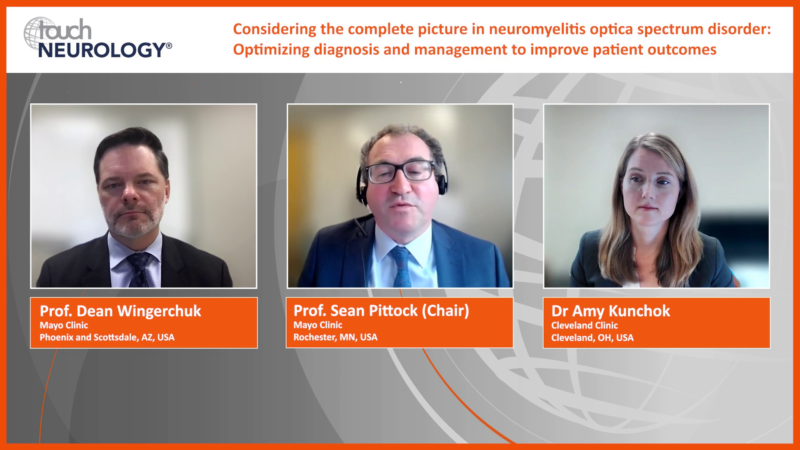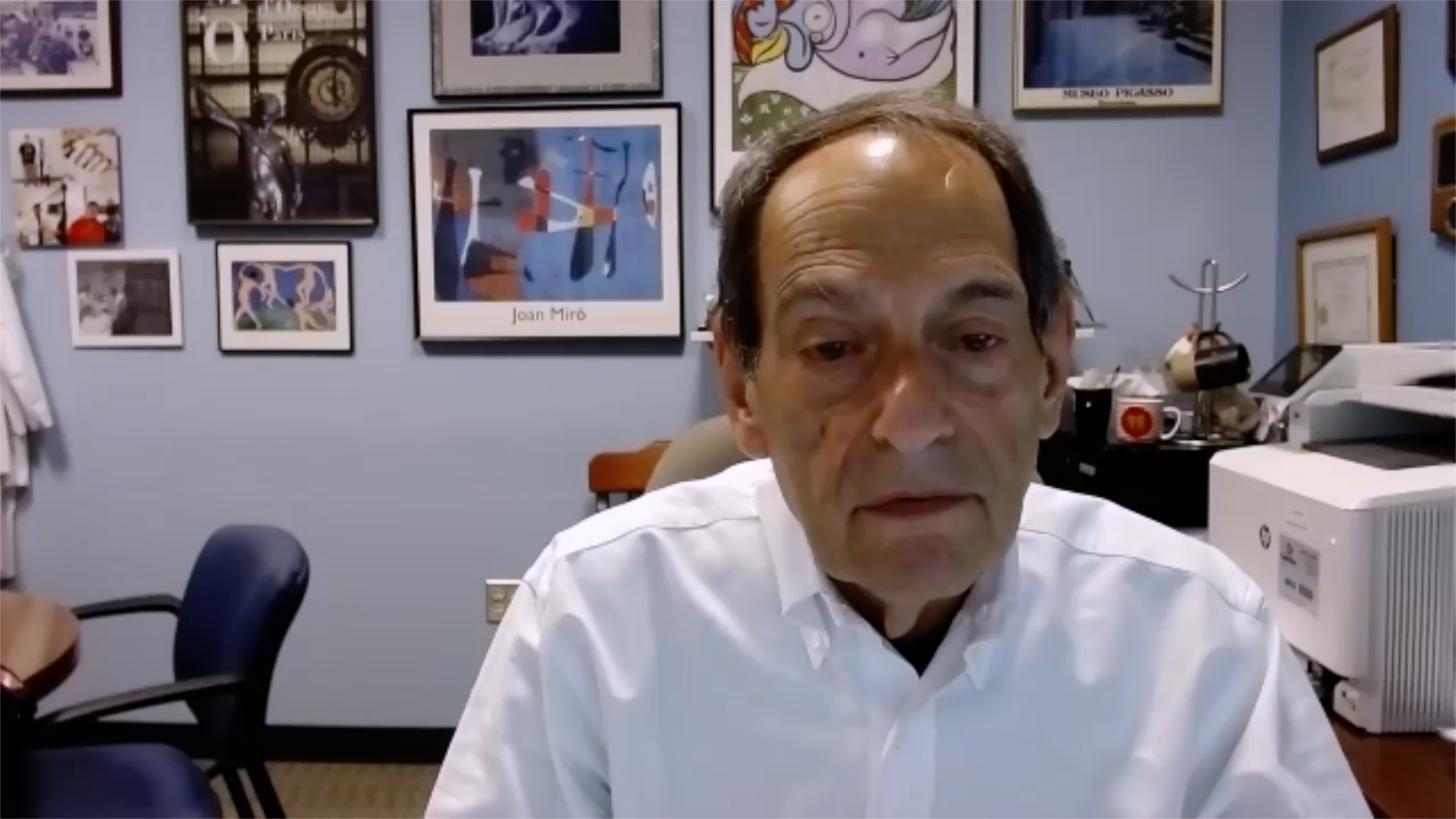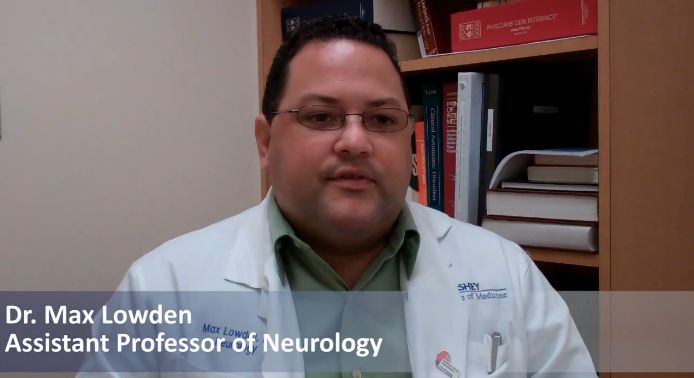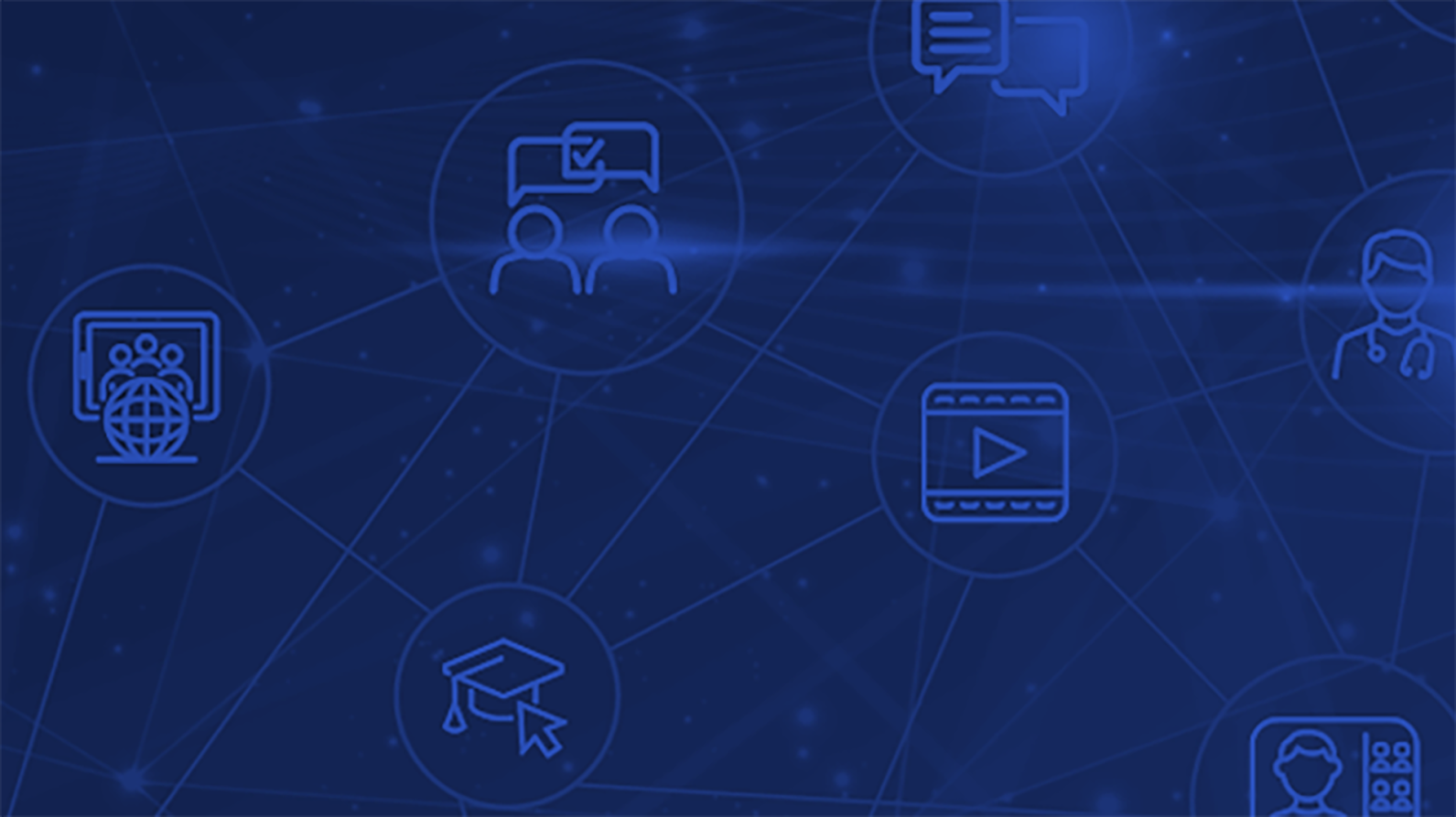touchPANEL DISCUSSION
 A visually engaging discussion designed to emulate a ‘live’ panel experience and provide clinicians with practical expert insights to address their clinical challenges. Useful tips below will show how to navigate the activity.
Close
A visually engaging discussion designed to emulate a ‘live’ panel experience and provide clinicians with practical expert insights to address their clinical challenges. Useful tips below will show how to navigate the activity.
Close
 A visually engaging discussion designed to emulate a ‘live’ panel experience and provide clinicians with practical expert insights to address their clinical challenges. Useful tips below will show how to navigate the activity.
Close
A visually engaging discussion designed to emulate a ‘live’ panel experience and provide clinicians with practical expert insights to address their clinical challenges. Useful tips below will show how to navigate the activity.
Close
The complement system in NMOSD and MG: A target for therapeutic benefit?
- Downloads including slides are available for this activity in the Toolkit
Learning Objectives
After watching this activity, participants should be better able to:
- Describe the role of complement in the pathophysiology of NMOSD and MG
- Evaluate markers of complement activation as diagnostic and prognostic biomarkers in NMOSD and MG
- Discuss recently approved and experimental inhibitors of the complement system for the treatment of NMOSD and MG
Overview
In this activity, three experts discuss the evidence for complement involvement in neuromyelitis optica spectrum disorder (NMOSD) and myasthenia gravis (MG) pathogenesis, the markers of complement activation, as well as the latest data for complement therapeutics.
This activity is jointly provided by USF Health and touchIME. read more
Target Audience
Neurologists (including neuromuscular disease specialists), immunologists (including neuro-immunologists) and ophthalmologists involved in the management of patients with neurological disorders, including NMOSD and MG.
Disclosures
USF Health adheres to the Standards for Integrity and Independence in Accredited Continuing Education. All individuals in a position to influence content have disclosed to USF Health any financial relationship with an ineligible organization. USF Health has reviewed and mitigated all relevant financial relationships related to the content of the activity. The relevant relationships are listed below. All individuals not listed have no relevant financial relationships.
Faculty
Prof. Said Beydoun discloses: Advisory board fees Alexion Pharmaceuticals, Alnylam Pharmaceuticals, Amylyx Pharmaceuticals, Argenx, Biogen, Ionis Pharmaceuticals, Mitsubishi Tanabe Pharma, Octapharma, Takeda and UCB; Grants/research support from Abcuro, Amylyx Pharmaceuticals, Genentech, Healey MGH, Regeneron Pharmaceuticals, Sanofi and UCB; Speaker’s bureau fees from Alexion Pharmaceuticals, Alnylam Pharmaceuticals, Amylyx Pharmaceuticals, Argenx Pharmaceuticals, Grifols and Takeda.
Dr Pushpa Narayanaswami discloses: Advisory board fees from Alexion Pharmaceuticals, Argenx, Dianthus Therapeutics, Janssen and UCB; Consultancy fees from GSK; Grants/research fees from Alexion Pharmaceuticals; Financial support from Sanofi (relationship terminated); Stockholder in Momenta Pharmaceuticals, Pfizer and Viatris (relationship terminated).
Prof. Heinz Wiendl discloses: Advisory board fees from Alexion Pharmaceuticals, Argenx, Bristol Myers Squibb, Janssen, Merck, Novartis and Sandoz; Consultant fees from Actelion, Argenx, BD, Biogen, EMD Serono, Fondazione, Gossamer Bio, Idorsia, Immunic Therapeutics, Immunovant, Lundbeck, Merck, NexGen, Novartis, PSI CRO, Roche, Sanofi and UCB; Grants/research support from Alexion Pharmaceuticals, Amicus Therapeutics, Argenx, Biogen, CSL Behring, F. Hoffmann-La Roche, Genzyme, Merck, Novartis, Roche and UCB.
Content reviewer
Niraja S. Suresh, MD, has no financial interests/relationships or affiliations in relation to this activity.
Touch Medical Contributors
Kathy Day has no financial interests/relationships or affiliations in relation to this activity.
USF Health Office of Continuing Professional Development and touchIME staff have no financial interests/relationships or affiliations in relation to this activity.
Requirements for Successful Completion
In order to receive credit for this activity, participants must review the content and complete the post-test and evaluation form. Statements of credit are awarded upon successful completion of the post-test and evaluation form.
If you have questions regarding credit please contact cpdsupport@usf.edu.
Accreditations
Physicians
This activity has been planned and implemented in accordance with the accreditation requirements and policies of the Accreditation Council for Continuing Medical Education (ACCME) through a joint providership of USF Health and touchIME. USF Health is accredited by the ACCME to provide continuing medical education for physicians.
USF Health designates this enduring material for a maximum of 0.75 AMA PRA Category 1 CreditTM. Physicians should claim only the credit commensurate with the extent of their participation in the activity.
The European Union of Medical Specialists (UEMS) – European Accreditation Council for Continuing Medical Education (EACCME) has an agreement of mutual recognition of continuing medical education (CME) credit with the American Medical Association (AMA). European physicians interested in converting AMA PRA Category 1 CreditTM into European CME credit (ECMEC) should contact the UEMS (www.uems.eu).
Advanced Practice Providers
Physician Assistants may claim a maximum of 0.75 Category 1 credits for completing this activity. NCCPA accepts AMA PRA Category 1 CreditTM from organizations accredited by ACCME or a recognized state medical society.
The AANPCP accepts certificates of participation for educational activities approved for AMA PRA Category 1 CreditTM by ACCME-accredited providers. APRNs who participate will receive a certificate of completion commensurate with the extent of their participation.
Date of original release: 17 August 2023. Date credits expire: 17 August 2024.
If you have any questions regarding credit please contact cpdsupport@usf.edu.
To obtain the CE/CME credit(s) from this activity, please complete this post-activity test.
Claim Credit- Downloads including slides are available for this activity in the Toolkit
You may also be interested in...

REGISTER NOW FOR FREE ACCESS TO
- 1000+ topical and insightful peer-reviewed journal articles
- 100+ hours of bite-sized congress highlights
- 10 major therapy areas packed with the latest scientific advances
- 150+ specialties offering learn-on-the-go medical education
- + Concise email updates and newsletters so you never miss out








